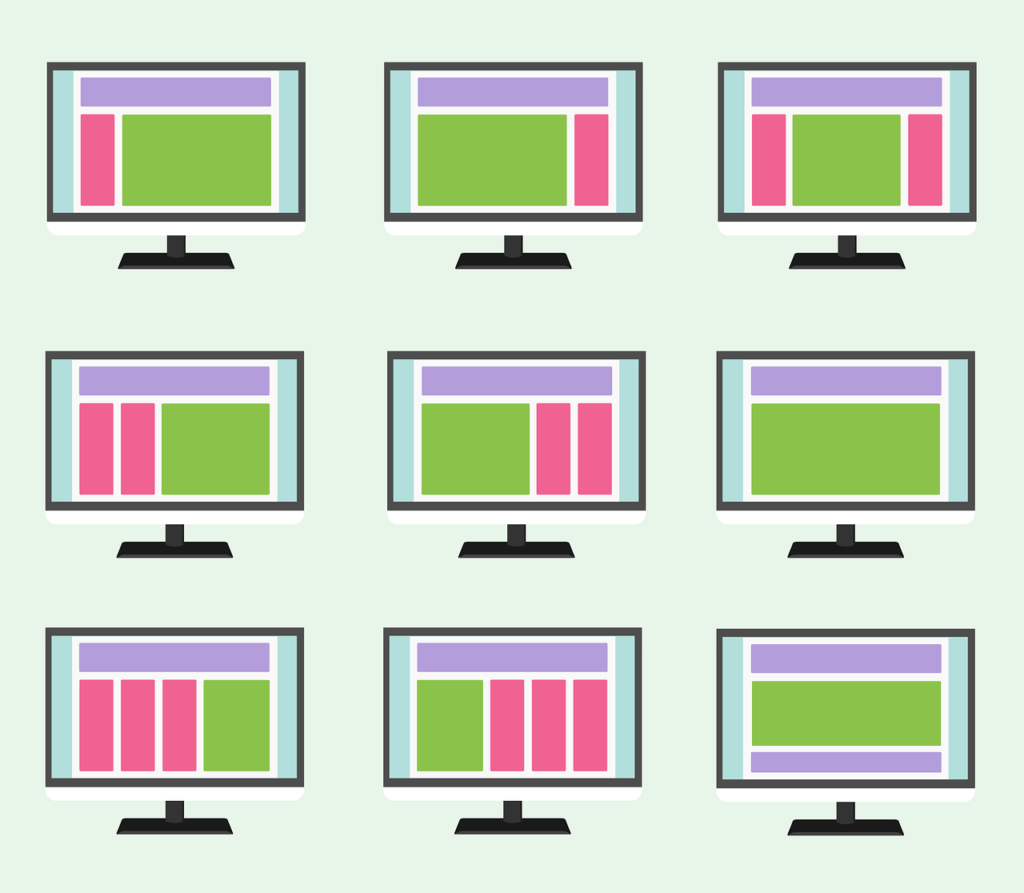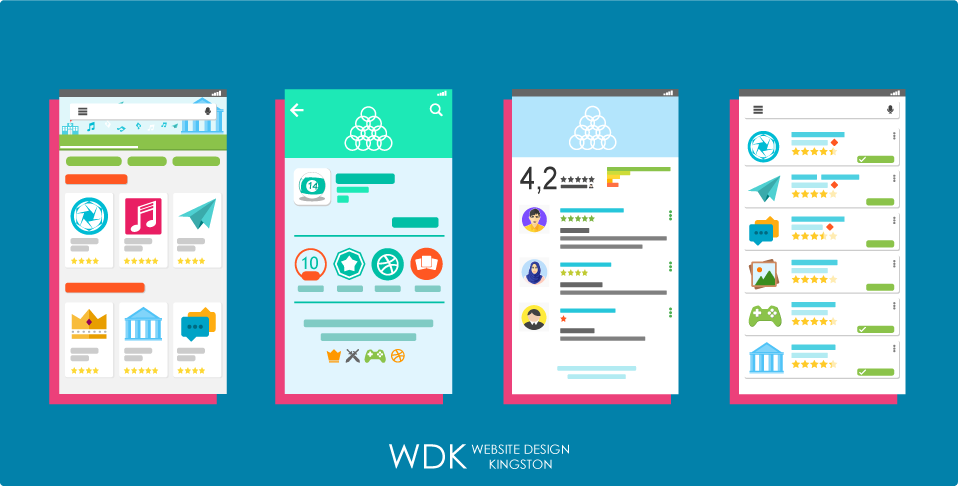User experience (UX) is a critical tool when it comes to website design and function. But why is good UX important at all? Simply, when in place, good UX helps the visitor to a website find exactly what he or she wants, allowing their needs to be fulfilled. That translates into better results for the visitor and, often, the website owner. When it comes to building good UX, working with a digital marketing company to make it possible tends to be the best first step. Still, there are a few key things you should know.
What Is User Experience?
So, what is UX, and how does it impact your website’s function? UX is the type of experience or the way a visitor to a website feels when interacting with the site. It can apply to websites but also to apps, software, or any other interface a person is using. Most people have plenty of examples of websites they hate to visit because of how hard they can be to navigate. You may have other sites that allow you to move through them with ease, and those tend to be the websites or tools you go back to time and time again.

UX is the type of experience a person has when visiting a site or using any type of system in which they interact with it. Getting it right helps a person have a positive experience when visiting a website or using an app.
What Makes Up UX?
How do you know if a website is user-friendly and designed to reach your audience in an effective manner? There are several things to consider. In short, there are several principles that define what usability is as it relates to website, software, apps, and other interfaces. Here’s a look at some of them.
- Is the content useful? A product must be able to fulfill some type of purpose for the person using it. That is, the interface may provide some value to the person who is using it. Are they gaining something from doing so? For example, a website may be useful if it provides content to answer common questions or provides solutions to solve the problem of the user.
- Is the interface usable? It’s not just about being beneficial but also easy to use. Most importantly, the focus here is on how efficient it is to use the interface and how intuitive it is to deliver the results a person needs. Efficient means it’s easy to navigate and use overall. Intuitive is much different. That describes how well the site works to meet the user’s expectations. Is it providing the right structure and function for the person using it, or does it offer content or function that’s really not too helpful?
- Is the UX creating an easy-to-find solution? When it comes to using the interface, it needs to be easy to navigate and move through it. If there are videos on the site, it needs to be easy to locate. Think about using a service like Netflix. To be findable, there has to be a way for a person looking for one program to find it. Otherwise, it’s a deep mess of links. How findable is the content or tools the person is looking for on the site or using the tool?
- What is the credibility of the interface? This is more important than ever specifically because of the importance Google puts on it. It’s important for users to be able to trust that the desired result will occur if they use the tool.
- What about accessibility? There’s nothing quite like visiting a site only to have it not operate because it is missing proper certifications or the videos on the homepage take too long to load. An accessible site should not only provide tools for navigation and access, but also for those who have vision loss, hearing impaired, or motion impaired. Make the site accessible to everyone.
These are some of the most important components of UX. They may sound like valuable steps to take to improve your site. The importance of user experience goes far beyond just creating a site that’s functional for most people.
What’s the Importance of UX Design?
It’s not a simple investment or step to improving UX. That’s why many organizations put it off or never really invest in it. This is a big mistake for many reasons. Yet, as a business owner, you may recognize the importance of knowing the ROI on an investment like this. Why is UX important for business, then? Let’s take a look at a few key ways it matters to your business and bottom line.

It Focuses Your Audience’s Attention on Your Business
At the heart of the reason to invest in UX is this. It allows you to keep people who are visiting your website there, where they can interact, learn, grow, and, most importantly, connect with your company. It’s easy to overlook the importance of keeping people on your website. Yet, it’s common for individuals to leave a site and come back to it numerous times before taking action. If you can keep them there, they may interact sooner.
UX Influences Google Search Rankings
A lot of the work you do to build success online is having a website that ranks well in the search engines. That’s not always simple to do when your site does not perform at the best possible level. Here’s why.
Google’s job is to send people who are searching for something to the website that is most likely to solve their problem or give them what they want. If your site is not performing well, Google knows that. It’s not going to send people to the site.
For that reason, UX is critical to getting to the top of the search engine results page. It can help you to remain there, too, if you are already in place. That’s because search engines use the data on the website to determine how relevant and easy to use the site is, including your navigation and upload time.

UX Helps People Take Real Action
One of the goals of good UX is to help move people through your website to get to the end goal. That could be calling you, filling out a form, or making a purchase. If your UX is well-positioned and functioning properly, it’s going to lead people to that goal easily and without being overly obvious.
Good UX helps a person go from landing on your website’s landing page to the end result. It helps them to choose the path they take to get the results you want them to have.
Solid UX Also Improves Credibility
As noted, there’s nothing more frustrating than a site that doesn’t work properly. For anyone that’s used a site that’s frustratingly slow or does not have an easy navigation process, it’s also likely to distrust that site. Why would you put your trust in a company that doesn’t have a well-run site? That often indicates the site isn’t worth investing time in. Does your site create the credibility you want it to for your customers to see?
It Turns Your Site into a Money Maker
If your website is not functioning the way you need and want it to now, that could be because it needs an update to the UX. When you consider what UX is, it’s a way to improve the way a person uses the site. That means a good website design and level of functionality are going to help people buy from you in whatever way is appropriate for your needs.
Oftentimes, business owners don’t see anything but the bottom line. Look deeper, and you may see that your site’s profit creation is not just about the ads you place, but what happens when someone clicks on those ads to visit your site. Are you giving them everything they need to move through and take action, or are they jumping off too soon because they cannot navigate your site or get the information they need?
There’s a clear opportunity to see a solid ROI for those who invest in quality UX design and update it to match their brand and the changing algorithms of the search engines. This is one of the most common reasons why a site doesn’t produce the leads you want and expect it to produce for many business owners.
Finding the Solutions for UX for Your Business
When the time comes to better understand the importance of UX design, and you’re ready to jump in and make changes to improve your site, tools, or app, we can help you. At Website Design Kingston, our team is readily able to help you improve the overall function and experience your site offers. Let’s talk about it during a discovery meeting and determine which steps we can take to create the results you desire. Reach out to us to learn more.
Additional Resources:
Comments are closed.


